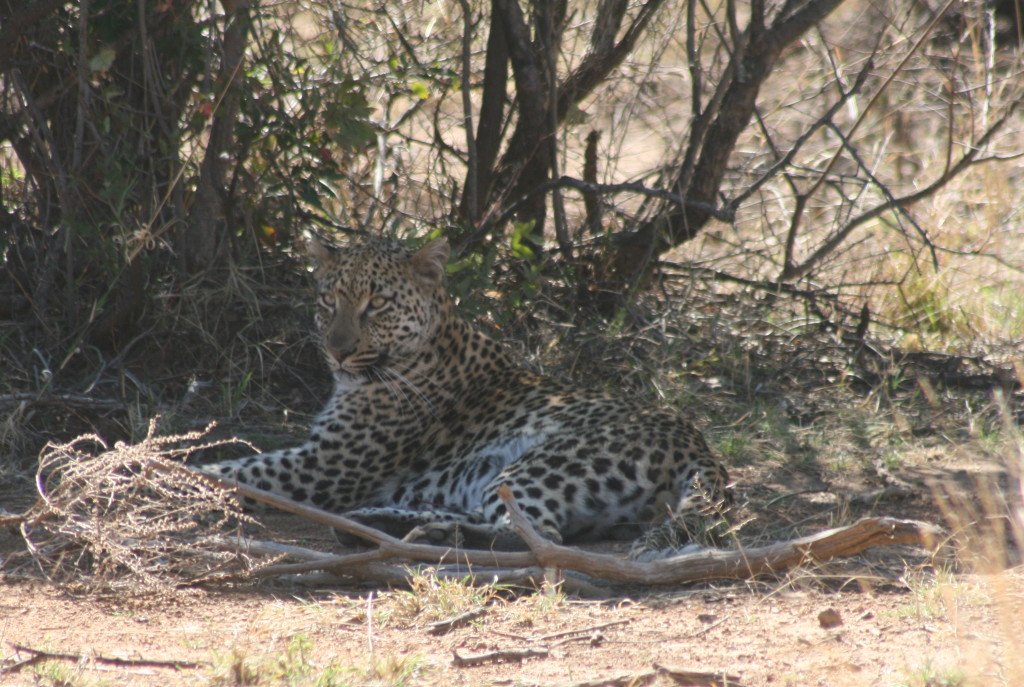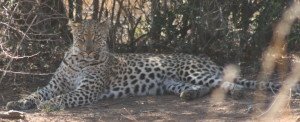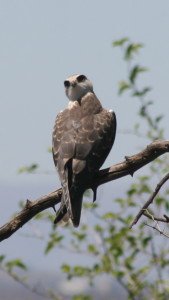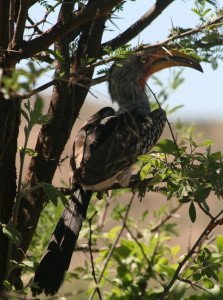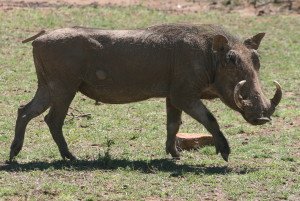Moosajee goes into bat for truth & healing 0
Long-serving Proteas manager and doctor Mohammed Moosajee remembers being made to bat in fading light at Transvaal nets in the early days of unity and he says such biases still exist in South African cricket, calling for a sporting version of the Truth and Reconciliation Commission to help the healing process.
Moosajee was a fine cricketer who captained the South African Cricket Board version of the SA Schools side and was 23 years old when Unity happened. And yet he never added to his seven first-class caps when the new dispensation arrived.
“In 1992 when Unity happened, I was in the prime of my career and part of Transvaal training. But us guys from the SACB clubs only got to bat once the light was going down and there’s no doubt we had to work much harder because there was inherent bias. I felt we maybe came back into international cricket too easily, we sacrificed too much to appease the politicians.
“We must understand that prejudice is still very much part and parcel of our country, some still remains and we can’t just wish it away. There is no trust nor healing in cricket and we desperately need our own TRC because cricket is just a microcosm and reflection of a racist society. And our coaches also need to be given a platform because they are the ones who need to foster Black excellence,” Moosajee said at a recent Ahmed Kathrada Foundation webinar on racism in cricket.
Moosajee, who is now serving on the South African Cricketers’ Association management board, was adamant, however, that the Cricket South Africa Board should not be allowed to get their grubby little mitts on the TRC process.
“I am encouraged by the Cricket for Social Justice programme but we mustn’t forget it was set up by the same CSA who have had a litany of governance issues, if you are having continuous problems in the boardroom then it will impact on the delivery of transformation. So what credibility do CSA have? I will support it if it is run independently and not by CSA, if there is to be any credibility then the current Board cannot be involved.
“The most important stakeholders in coming up with solutions are the players and CSA must ask themselves why a few months ago they were in court fighting against their own players? There are people on that Board lining their pockets with directors’ fees and not taking into account proper corporate governance. Who will police the police? The Board cannot judge themselves,” Moosajee said.
The longest-serving member of the Proteas staff (from 2003 to the end of last year’s World Cup) said South African cricket has nevertheless come a far way from those early days of unity.
“In 2003 when I was appointed team doctor some of the squad members were uncomfortable not having a White doctor, but it did not bother me at all because they had no choice but to develop that trust. And in my early days as manager – it happened overseas as well, specifically in England and Australia – officials would try and bypass me and go directly to the coach.
“But after our first culture camp in 2010 we developed an authentic, emotional identity because we considered our fractured past, our history and our diversity. We wanted to use the fact we were the most diverse team in the world as an advantage and it was no surprise in 2012 when we became the first team to be ranked number one across all formats,” Moosajee explained.
Part of that process has been educating people that some of their simplistic views needed to evolve from bigotry to tolerance.
“When we would go to India and people were called “Chillipips”, they needed to be educated; when we went to Bangladesh and the call-to-prayer happened and guys would ask why they are screaming, they needed to be educated, and that’s what we tried to do from 2010 onwards. Culture is probably the most misunderstood part of any organisation but it can be the deciding factor in success or failure.
“But we also need to be honest. With a number of coaches and selectors, the challenge is an unconscious bias, but CSA also needed to stand up and take responsibility for things like the 2015 World Cup and four players of colour, because they left a lot to interpretation. Players of colour continue to feel unsupported and we need to applaud someone like Lungi Ngidi, a champion young man who showed awareness and spoke out,” Moosajee said.
